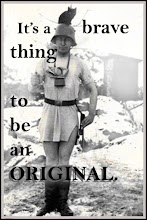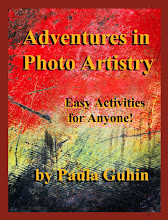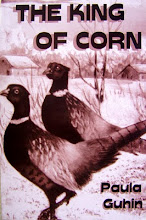I'm often drawn to yellow ocher and blue-green color harmonies in my work. The two pieces shown here are variations on that scheme.
This wall-hanging (left), Iron Man, is based on a vintage, very large anatomy chart. I added rusty bits, imagery, acrylic media, string, and much more. The texture is extremely palpable. Do you find it to be creepy and disturbing, or interesting and thought-provoking?

The collage/painting directly above, Abide in Me, is to honor my step-father, Cal Schultz, who was a very talented artist and a great dad. (He's the little guy being held up by his brother.) Cal had been stricken with polio, and wore a leg brace all his life. He was a model of courage and perseverance.
Here are links to more posts about color schemes! http://mixedmediamanic.blogspot.com/2012/08/three-color-schemes-and-contest.html and http://mixedmediamanic.blogspot.com/2012/04/how-to-use-split-complementary-color.html and http://mixedmediamanic.blogspot.com/2011/09/looking-for-great-color-scheme-try.html


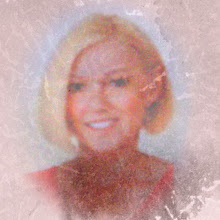






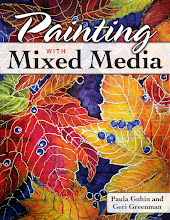
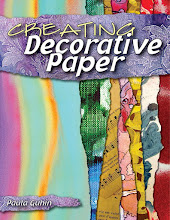
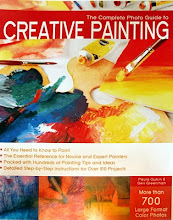





![Cool Color Scheme [cool colors]](https://blogger.googleusercontent.com/img/b/R29vZ2xl/AVvXsEiWGOLFx5s-j_mJLAMPvC-Ml-O9abCDSwpzkI8vmGWIylccRdC2PEz7N-DXhfBQYejXfb9QDdQGaT6l8MX_wV-7aS0PRT5HDfS1cP-24g2GT6w1oYZXZbtLiLNbsnu32f4LC85-hUc2E-6F/s400/imprintdyes.jpg)
![Split-Complements [triad of split complements]](https://blogger.googleusercontent.com/img/b/R29vZ2xl/AVvXsEgjlDgCD-_em0pfNAFzJr77bpZIiZF4ZNJB_fcQkzagMVLmZDOzqTmCogHqYaccoJ7BJuHphFRbg3eZhqQbKCsK3OQOzvOeqeEJJcuw6hRXujQxTeYWJ4oIoGIswTVTZQ0HM88TGmHe_x-y/s320/splitcomp.jpg)
![Red-violet, green, and yellow form a triad of split complements. [split complements forming a triad]](https://blogger.googleusercontent.com/img/b/R29vZ2xl/AVvXsEi1k5efM0defq2nnO4KD8J2ANjSKQkHSZWhcEFqVdp6BwDYysfBUwdFHHbHild9kLJ5TzcLpUPzepBQo7gD0vtEBP9gycHSsF8IsZOOmERc6MqrMXYuR1_7BgxrLXLPQS2zpLmHgKBbbVGj/s320/colorscheme1.jpg)






